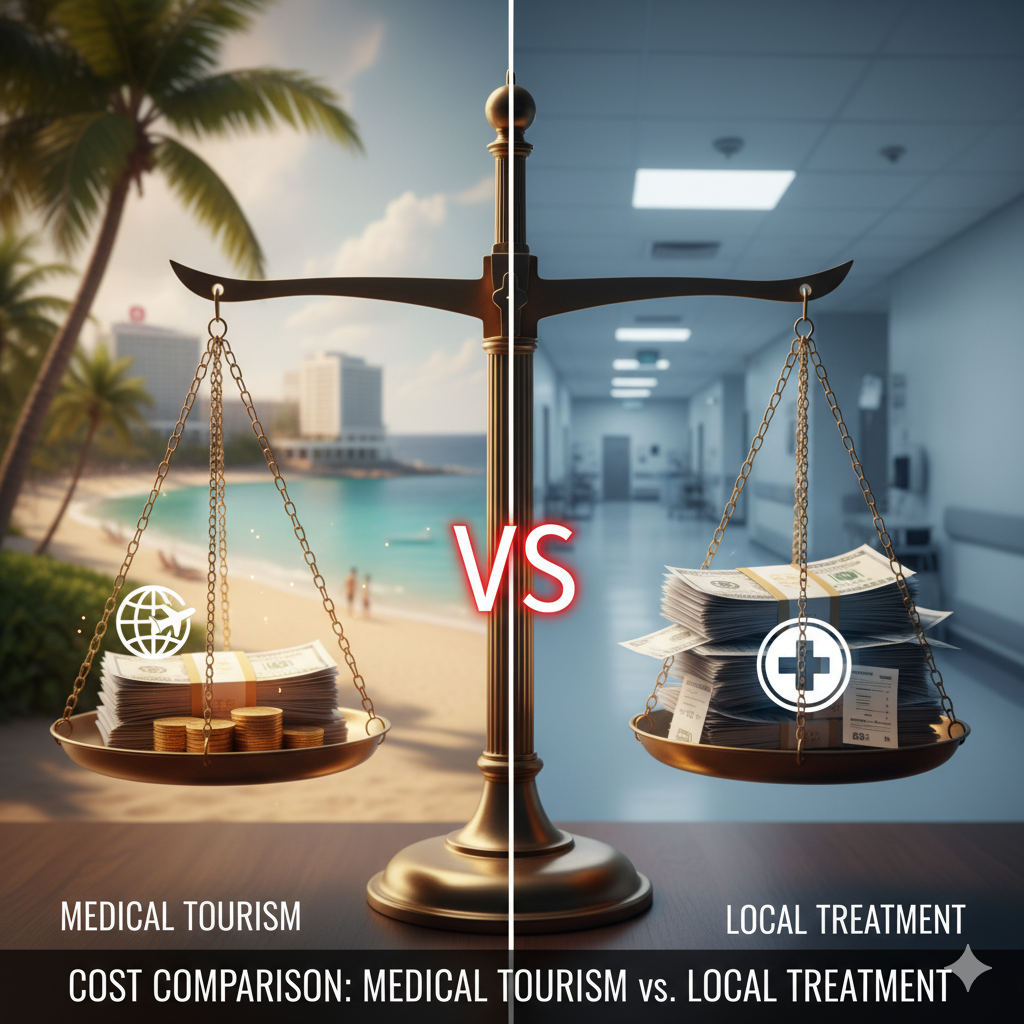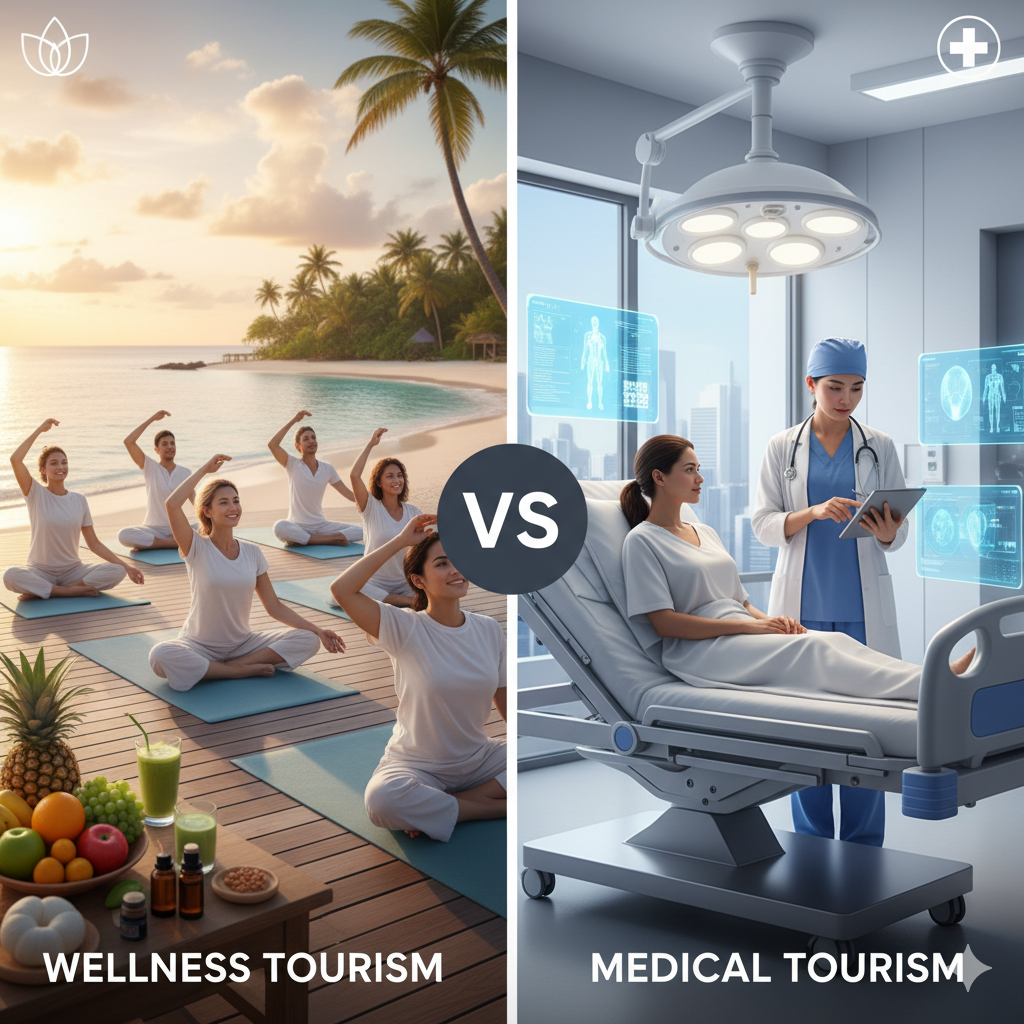
Cost Comparison: Medical Tourism vs. Local Treatment
In 2025, healthcare costs continue to rise globally, prompting many patients to consider medical tourism as a viable alternative to local treatment. Comparing the costs between seeking medical care abroad and staying within your home country reveals significant differences, influenced by various factors such as procedure type, technology, and healthcare provider standards.
This detailed analysis explores the key aspects of cost comparison so you can make an informed decision for your medical needs.
Why Consider Medical Tourism?
Medical tourism offers attractive benefits including:
-
Lower Costs: In many destinations, treatments can be 40-80% less expensive.
-
Access to Advanced Technologies: Some countries have cutting-edge facilities not yet available locally.
-
Shorter Waiting Times: Patients can avoid long delays common in public healthcare systems.
-
High-Quality Care: Accredited hospitals ensure safety standards comparable to developed nations.
Cost Factors in Local Treatment
In many developed countries, healthcare costs are driven by high overheads, expensive medical staff, state-of-the-art technology, and regulatory standards. For common procedures such as joint replacements, dental implants, or cancer treatments, prices often include hospital stays, anesthesia, medications, and follow-up care.
In the U.S., for example, a knee replacement can cost $30,000–$50,000, whereas in some countries, the same procedure might be available for $8,000–$15,000.
Cost Factors in Medical Tourism
Prices vary based on:
-
Destination Country: India, Mexico, Turkey, Thailand, and Malaysia are top players for affordable quality care.
-
Type of Procedure: Basic treatments like dental work or liposuction are cheaper, while complex surgeries may cost more abroad.
-
Hospital Accreditation: JCI-accredited centers typically charge higher fees but ensure safety.
-
Treatment Bundle: Packages often include travel, accommodation, and post-op support, lowering overall costs.
Hidden and Additional Costs to Consider
While treatment costs are lower abroad, consider expenses such as:
-
Travel and accommodation
-
Pre-surgical assessments
-
Post-treatment follow-ups or complications
-
Medications during recovery
-
Transportation for follow-up visits or emergencies
Planning thoroughly helps ensure the total cost remains economical and predictable.
Comparing Quality and Outcomes
Cost savings don’t mean compromising quality. Many accredited hospitals abroad use same high-quality implants, technology, and experienced surgeons. Success rates, safety standards, and post-operative care match or exceed those in many local centers, especially when patients choose reputable providers.
Making Your Decision
Evaluate the total cost and compare what’s included, factoring in travel, recovery, and potential risks. Consult with your healthcare provider and extensively research destination hospitals’ credentials.
Conclusion
In 2025, the decision between medical tourism and local treatment hinges on cost, quality, safety, and personal circumstances. For many, traveling abroad for procedures like dental implants, cosmetic surgery, or even complex surgeries offers substantial savings without sacrificing care quality. However, thorough planning and choosing accredited providers are essential to ensure a safe and successful experience.
By weighing the benefits and costs carefully, you can access world-class healthcare affordably—whether at home or abroad—making your healthcare journey efficient, safe, and financially sensible.










